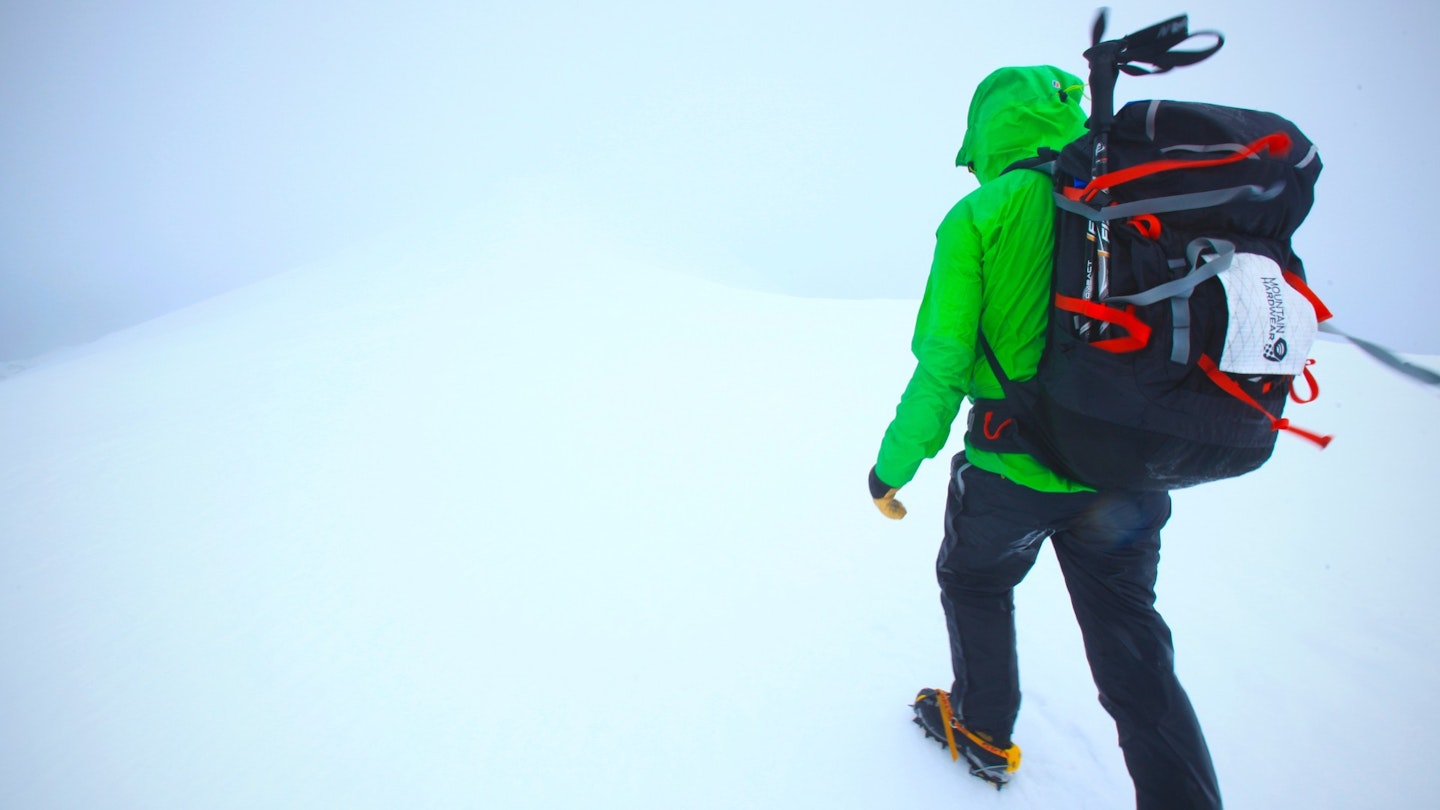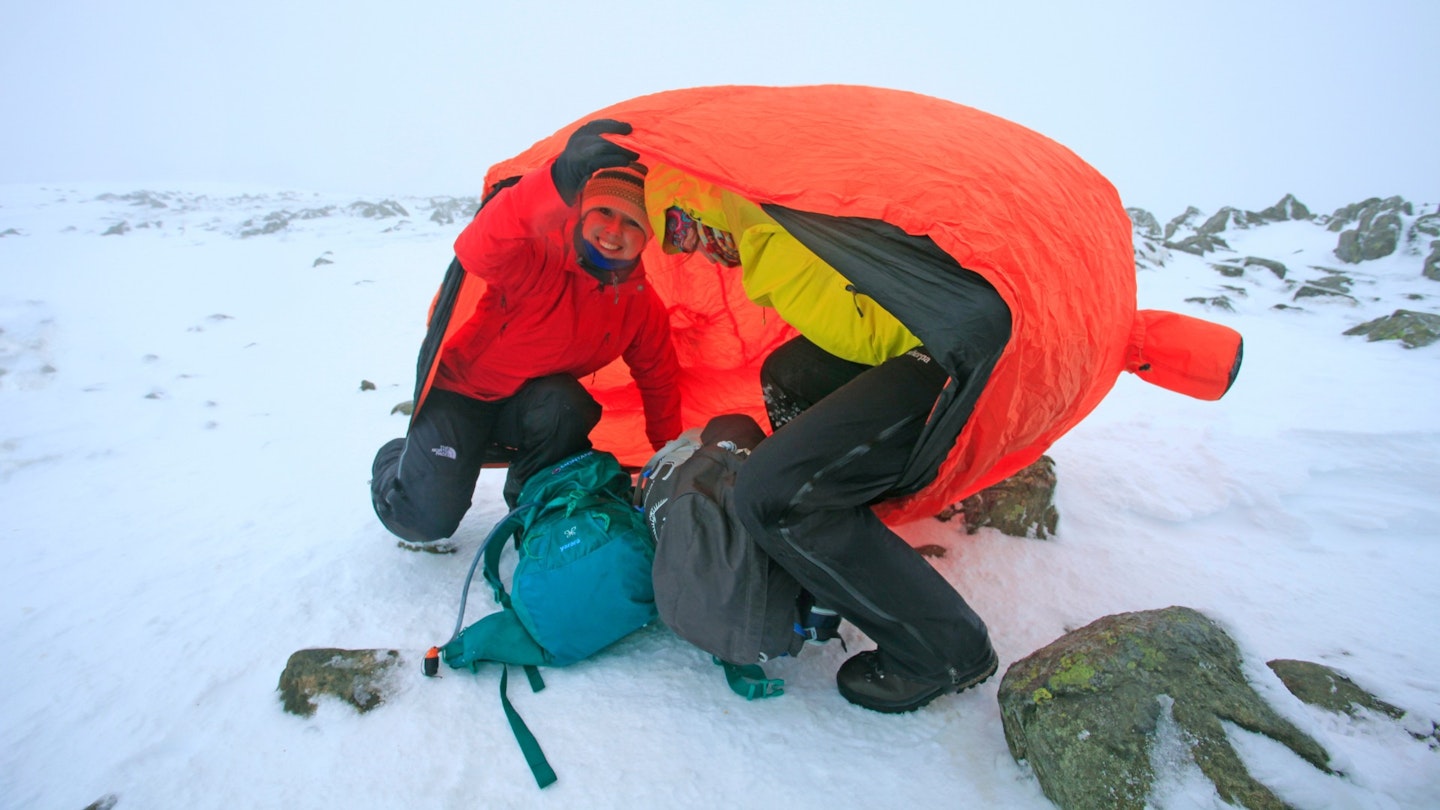Getting caught in a whiteout isn't a mistake. Although mountain weather forecasts are very accurate, sometimes it can still happen unexpectedly. The key is knowing what to do if you are caught in one.
This is a quick crash course on how to keep yourself safe if you’re caught in a whiteout. But before we jump into that, it's important to understand what exactly is a whiteout and how it can be dangerous for you.
What is a whiteout?
Sometimes falling snow, snow cover and cloud can combine to create a full whiteout, when there is no visible difference between up and down, sky and ground. It’s like being in the pitch dark, except it’s white. This can produce feelings of dizziness, nausea and anxiety and, with no visible features or sense of distance, it’s very easy to become disoriented.
Get half-price digital OS Maps! Trail and Country Walking magazine members get 50% off an annual subscription to OS Maps for 12 months! Find out more here.
How to stay safe and escape a whiteout

1. Don’t rush
If you think the conditions may soon pass, stay put and wait for them to do so. Get in a group shelter, stay warm and make a plan.
2. Know where you are
Make sure you’re moving off from a known, not estimated, position. A GPS device is invaluable for this in winter but it’s wise to keep a close eye on your location throughout the day, taking careful note if and when conditions start to worsen.
3. Plan your route
Before moving off, identify a safe, practicable route avoiding dangers such as steep drops, cornices and avalanche-prone slopes. Make use of large, geological features such as valleys and spurs, and break the journey into several short legs.
4. Descend to a lower altitude
Whiteout conditions are likely to be less severe below the cloud base. Descend to a lower altitude if it's safe to do so.
5. Throw a snowball
Do this to gather information about slope angle. If it appears to land in mid-air, the slope is probably rising. When the snowball falls lower than your feet, the slope is probably dropping. And if the snowball vanishes take great care – it could indicate a dangerous drop.
6. Leapfrog
Send someone out ahead of you on the bearing, get them to stop, walk towards them, then repeat, always passing on the same side.
